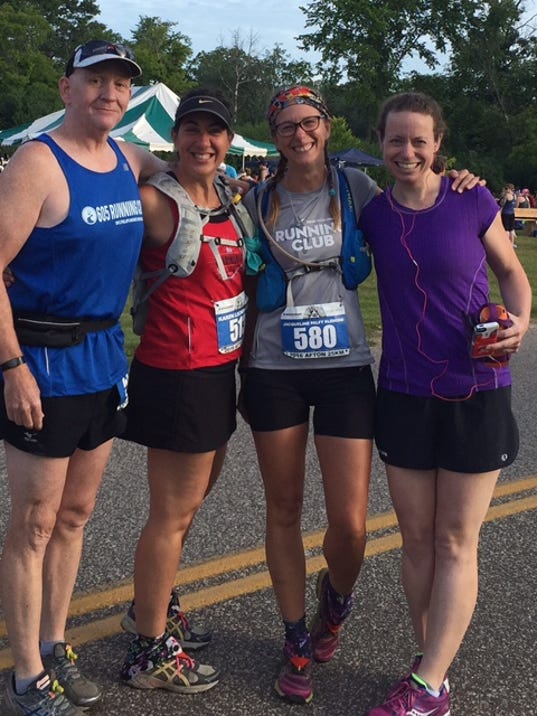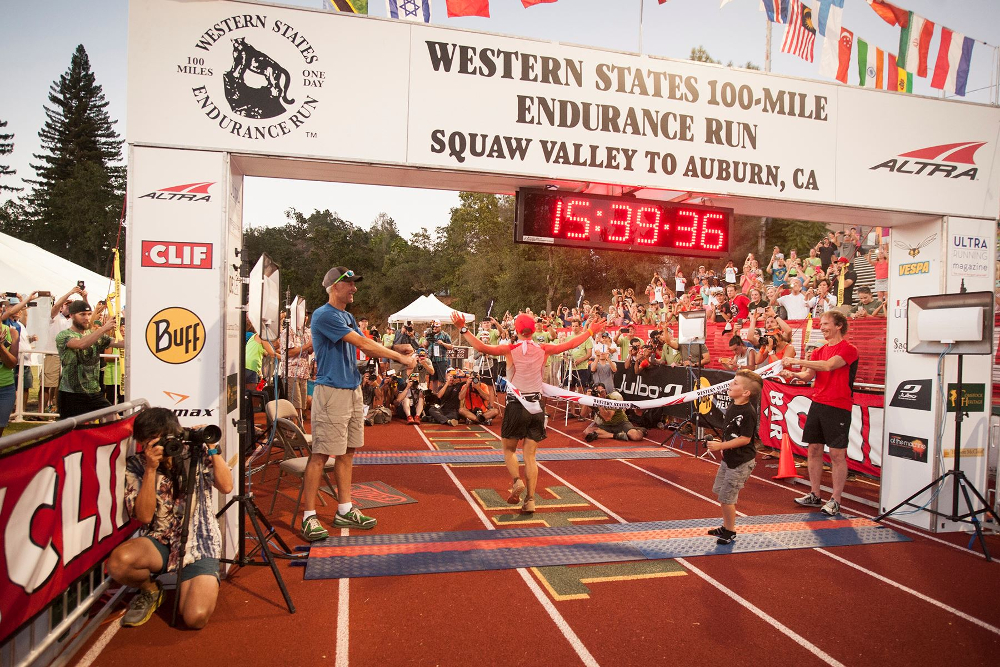
For anyone that has been running on trails for more than a short period, I'm sure you can identify with the following anecdotes from a road runner turned trail runner.
The vast majority of trail runners I know started out running on the road. That's not to say that they didn't run trails, but the most time they put in was on the road either for school, to get in shape, or for some other reason.
Then, something happened.
Maybe a friend invited you to a trail run.
Maybe a running group chose to run a trail one Saturday.
It doesn't matter how - somehow you started running on trails, checking out a trail race, and maybe toeing the line at an ultra to see what it was all about and if you could handle it.
I really like hearing these stories and thought this was one worth sharing:
I’ve been a road runner since about age 14, when I started running track. The goal was always to get fitter and faster and see what I could do. I pushed myself through and past injuries and miscarriages and pregnancies and every other thing that happens in a life. I had months and years where I was just happy to be out there, and chose not to stand at any starting lines.
Trail running was pretty foreign to me.
I think that trail running is pretty foreign to most people that pick it up who didn't have mountains or rough trails in the backyard! Just the idea is strange to some people, and while I was lucky and grew up near mountains, huge forests, and more, I know that not everyone did.
Until I decided that a marathon wasn’t quite far enough, and I wanted to try an ultra – any distance beyond 26.2 miles. There’s a lot of them, and they are growing in popularity. To train, a few of us began running more and more gravel roads, looking for a softer surface and a change of scenery. There’s only so much bike path one person can take.
I cannot imagine an ultra on road. I suppose I could really make myself contemplate it but it just sounds painful. And boring. That's just me - I know people out there do it.
Eventually I was talked into a few trails at Great Bear with my friend Natalie, who does ultras and almost exclusively trail runs. Just like anything, if the timing is right and the teacher is patient, it can open up a whole new world. And that’s what happened.
I fell in love after my first actual trail race – a 50K in Omaha put on by the Greater Omaha Trail Runners. The feeling at the race was completely different...
And when it came to trail races, I fell in love with that, too.
People seemed more laid-back, relaxed, with less of the hopping from one foot to the other and tight nerves of a road race.
Yup. A big part of continuing to race trails for myself is the community. It's been a lot of fun getting to know people all over the world who share the love of running trails.
Fast, slow, racers, self-motivated runners, the vast majority of the people we've met through trail running have been interesting, fun, and easy to be around.
Here's to more good trails!
I'm also interested - what got you into trail running?
The post Trail Races Can Take Off The Pressure And Bring Back Joy appeared first on Bearded Goat Trail Running.



 I'm sure that by now everyone has heard at least once that the 2016
I'm sure that by now everyone has heard at least once that the 2016